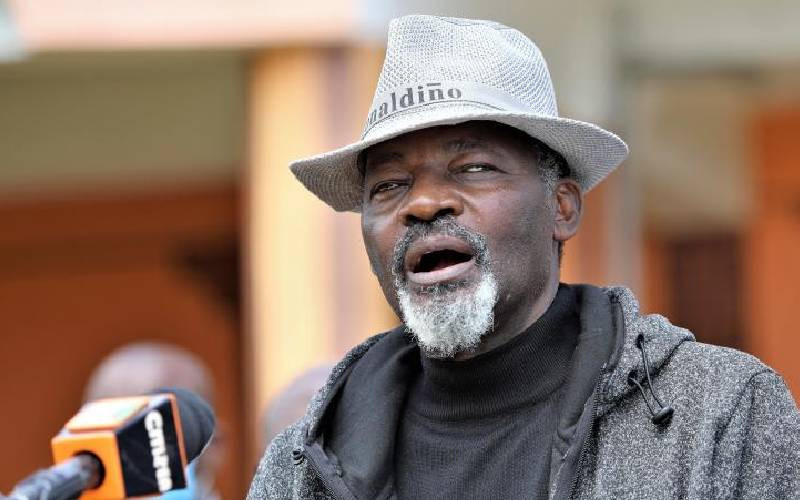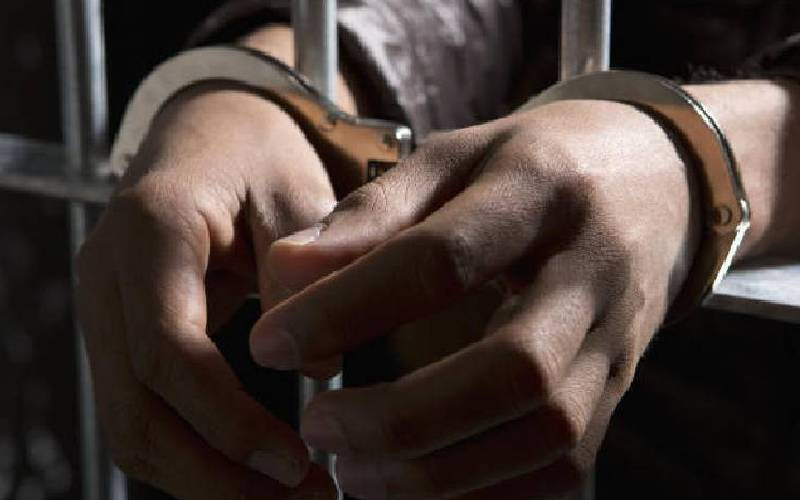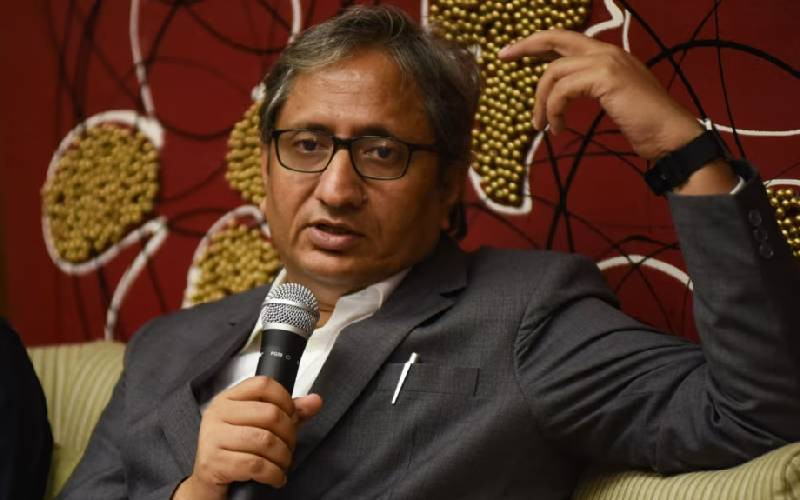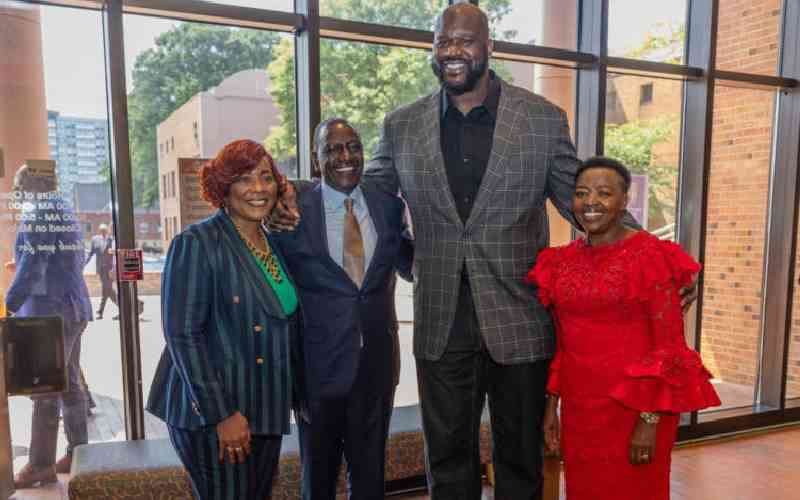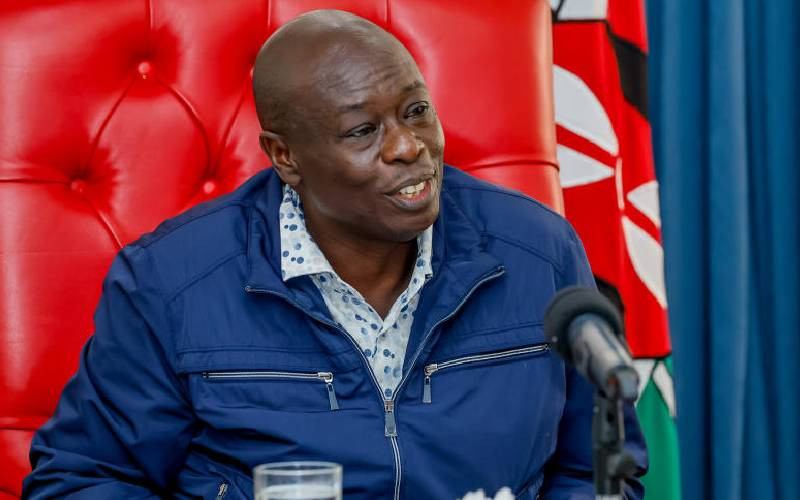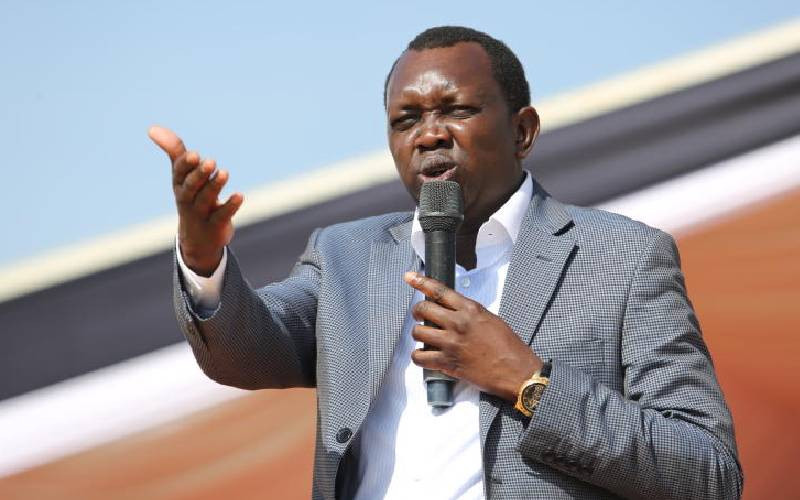By Peter Orengo
Coverage of political unrest and demonstrations have been cited as the most dangerous for journalists.
A report, Attacks on the Press 2011, released by the Committee to Protect Journalists (CPJ) says although targeted murders against journalists had declined, deaths during assignments such as the coverage of street protests reached their highest level.
Photographers and camera operators were said to be the most vulnerable during violent unrest.
"At least 46 journalists were killed around the world in direct relation to their work in 2011, with the seven deaths in Pakistan marking the heaviest losses in a single nation. Libya and Iraq, each with five fatalities, and Mexico, with three deaths, also ranked high worldwide for journalism related fatalities," said Tom Rhodes, a CPJ representative.
The launch comes a week to March 2, a day that commemorates the raid on the Standard Group by Goverment agents — now transformed into Press Freedom Day by CPJ.
The report highlights the 2009 murder of Kenyan journalist, Francis Nyaruri.
On January 29, 2009, 31-year-old newspaper reporter Nyaruri was found at the edge of Kodero Forest in Western Kenya by hunters. The body was decapitated and grotesquely disfigured, his hands tied behind his back.
At the time of the murder, Nyaruri had just finished a story accusing a police official of corruption in the construction of facilities in Nyamira and elsewhere.
Police officers implicated
A CPJ investigation, which included a review of law enforcement documents and interviews with people involved in the case, found evidence that senior officials engaged in a large-scale effort to obstruct the investigation into Nyaruri’s murder.
"There is strong suspicion that police officers could have executed the deceased," the then Attorney General Amos Wako wrote in a June 2009 letter.
To date, no police officer has been charged with Nyaruri’s killing. Two men are being tried on murder charges, but Nyaruri’s colleagues and relatives believe that if the suspects were involved at all, they were bit players in a larger conspiracy.
Nine of ten journalist murders worldwide involve local reporters such as Nyaruri, CPJ research shows. About 30 per cent of victims worldwide had investigated corruption in the months before their deaths.
Government officials are suspected in one in four journalist murders across the globe.
Stay informed. Subscribe to our newsletter
And, as in the Nyaruri case thus far, journalist murders are carried out with impunity 88 per cent of the time.
 The Standard Group Plc is a
multi-media organization with investments in media platforms spanning newspaper
print operations, television, radio broadcasting, digital and online services. The
Standard Group is recognized as a leading multi-media house in Kenya with a key
influence in matters of national and international interest.
The Standard Group Plc is a
multi-media organization with investments in media platforms spanning newspaper
print operations, television, radio broadcasting, digital and online services. The
Standard Group is recognized as a leading multi-media house in Kenya with a key
influence in matters of national and international interest.
 The Standard Group Plc is a
multi-media organization with investments in media platforms spanning newspaper
print operations, television, radio broadcasting, digital and online services. The
Standard Group is recognized as a leading multi-media house in Kenya with a key
influence in matters of national and international interest.
The Standard Group Plc is a
multi-media organization with investments in media platforms spanning newspaper
print operations, television, radio broadcasting, digital and online services. The
Standard Group is recognized as a leading multi-media house in Kenya with a key
influence in matters of national and international interest.

